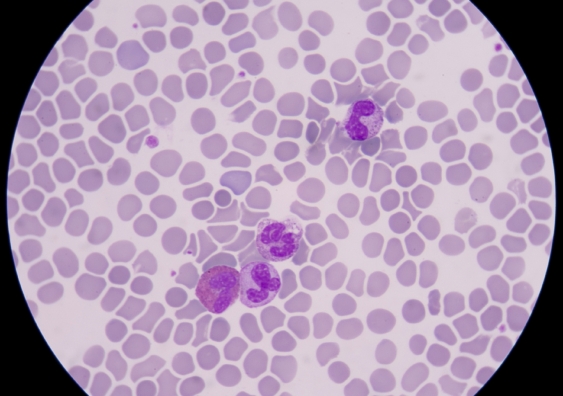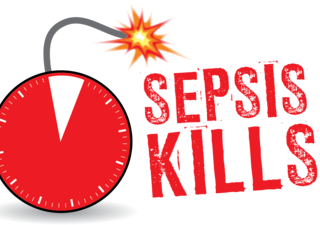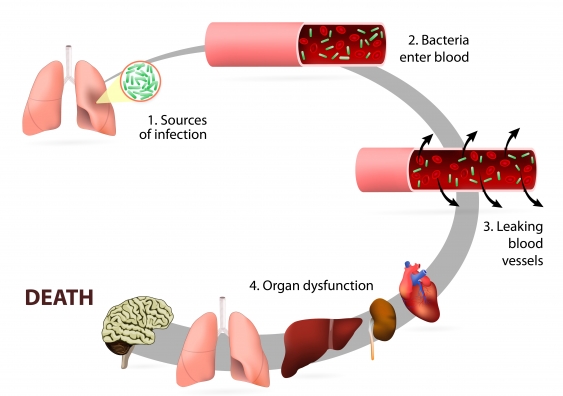150 lives saved each year in NSW hospitals thanks to sepsis awareness program
Patients presenting with sepsis in NSW hospitals are receiving life-saving treatment earlier thanks to a program that has transformed the way emergency departments respond to the condition.




